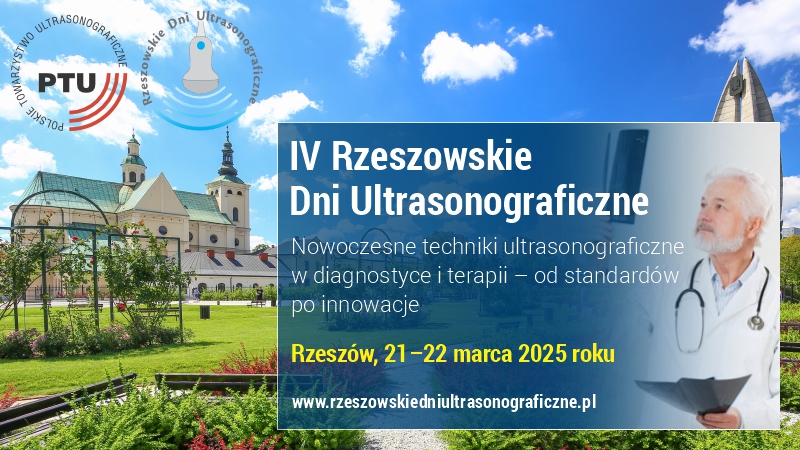High resolution ultrasound for imaging complications of muscle injury: Is there an additional role for elastography?
Eleni E. Drakonaki1, Iwona Sudoł-Szopińska2, Christos Sinopidis3, Panagiotis Givissis3
 Affiliation and address for correspondence
Affiliation and address for correspondenceMuscle healing after injury occurs within a period of weeks following a three-phase physiological process. Disruption of the normal healing process may lead to a number of complications, including excessive scar formation, myositis ossificans, muscle atrophy, muscle cysts and hernias. Complications of muscle injury are important because they may be symptomatic, are associated with high risk of re-injury and compromise muscle performance, thus delaying return to sporting activity and requiring special treatment. High-resolution ultrasound imaging equipped with high-frequency probes and advanced B-mode and Doppler technology has emerged as a promising modality for the diagnosis, grading and follow-up of muscle injury. Ultrasound allows imaging of minimal scar formation, early detection of myositis ossificans and cysts, and dynamic evaluation of small muscle hernias. Ultrasound imaging combined with strain and shear wave elastography can also provide information on the mechanical properties of intact and diseased muscle tissue, thus allowing assessment of muscle biomechanics in the clinical setting. This article reviews the histology and ultrasound appearance of normal and abnormal muscle healing with an emphasis on the sonographic appearances of muscle injury complications. It also discusses pitfalls, provides tips for an less experienced sonographer and presents the possible role of strain elastography in the diagnosis of complications, such as scar tissue.





